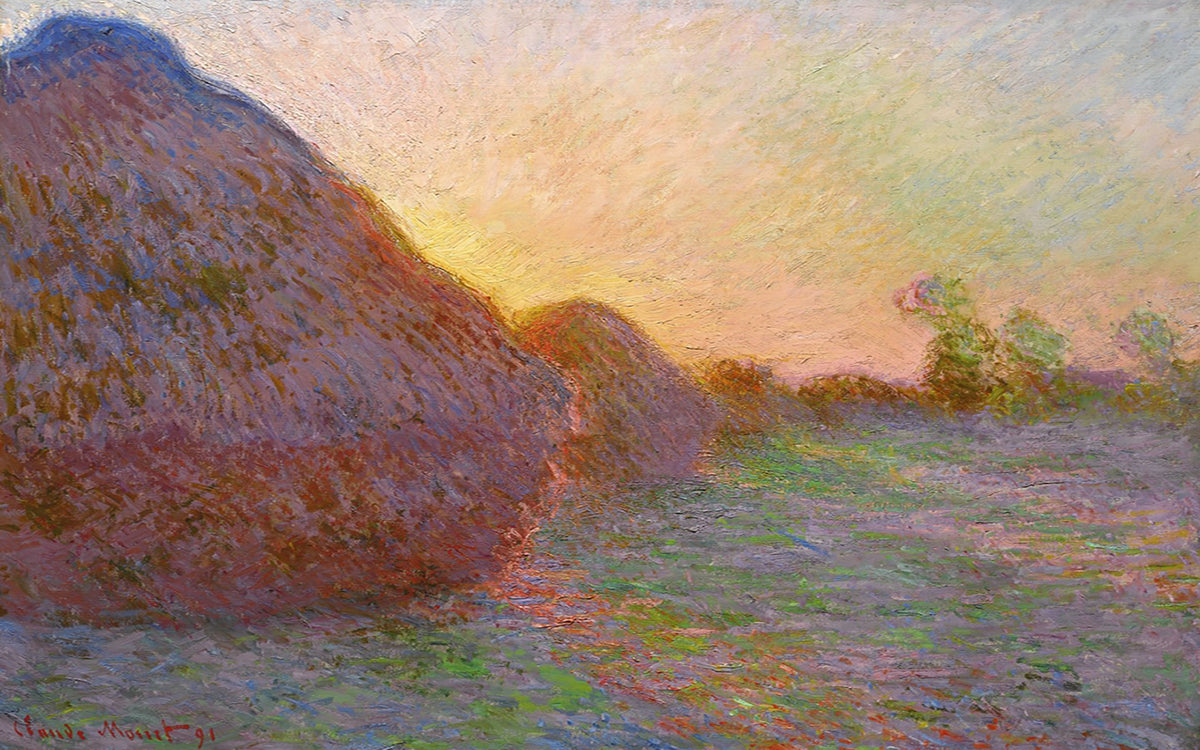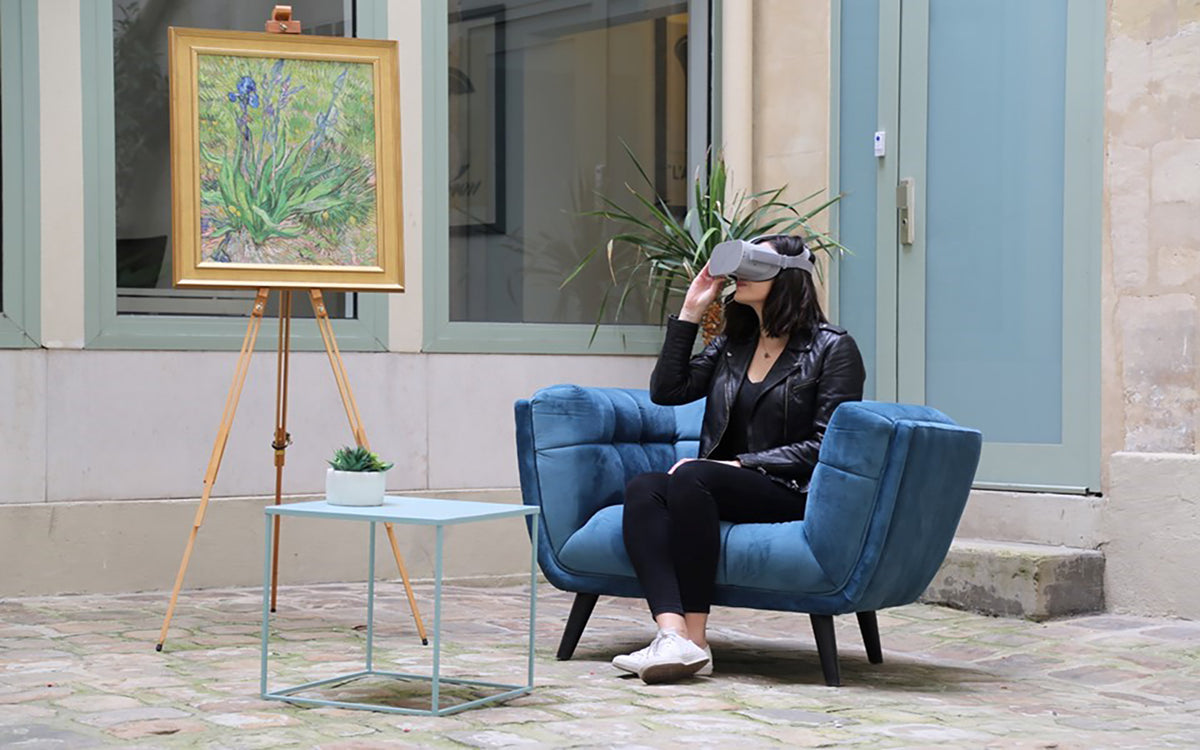
The Art of Insuring Art: A Practical Guide for Insuring Your Art Collection
There are multiple reasons for collecting art, from being an appreciator to seeing art as a form of investment. Whether you collect art for aesthetic or financial reasons, your collection likely holds significant value, which is why you should go about having your collection insured and, more importantly, insured to the highest possible value.
When Do You Actually Need Art Insurance?
As an art collector, you may be asking when is a good time to purchase art insurance? Well, experts recommend that if your collection is growing and expanding, now is as good a time as ever. Many insurance companies state that there are 3 common reasons why it is imperative to get your collection insured.
- An artwork’s location is general knowledge - If the value of the piece is high and people know where the artwork is located, the chance of theft increases.
- The artwork is always moving around – If you’re likely to regularly transport art from location to location, valuable artwork is most vulnerable when it’s on the move. CEO of Huntington Block states in an interview with Insurance Magazine: “85% of our claims are derived from transit losses.”Art owners understand that loaning their pieces to galleries, museums, and universities for display is one of the best ways to increase the value of the artwork, however, artwork that is constantly on the move is susceptible to damage, theft, and loss in transit.
- The artwork is susceptible to degradation - It is natural for everything to age over time, especially art. In most cases, materials and mediums used to create art generations ago are much more fragile and receptive to aging compared to what’s available today. Clear and outlined provenance is also an issue when it comes to having older pieces of artwork in your collection.

Photo by Nik MacMillan on Unsplash
Home Insurance vs. Art Insurance
Most home insurance policies specify limitations on how much money can be paid out for a single item or a collection of items after a loss. Albeit, many private collectors are often shocked when they learn that their homeowner’s insurance has limitations on the amount of compensation they would be able to receive in the event of their artwork being damaged. For example, if you have a policy that includes $15,000 worth of coverage, your policy might state that only $3000 of that $15,000 covers artwork.
Despite this, it might be possible to extend the coverage of your homeowners’ policy by purchasing a rider to cover artwork.
A rider is an additional layer of protection that offers more coverage for a high-value item, despite overall policy limits. However, a rider is typically used to provide protection for a single piece of art. If you happen to own artwork that is highly valuable, own a collection of works, have pieces that are constantly on the move, or own a piece that’s likely to go up in value from the time of purchase, you’ll probably be better off investing in a specialist fine art insurance policy.

Title Insurance and Property Insurance
The insurance of your fine art will depend on the artwork value and the amount of the art held in your collection. However, all art insurance is broken down into two types: “Title” and “Property”.
Title Insurance offers coverage against a defective title and is a one-time expense. This type of insurance is typically used for valuable artwork that has had many owners, where the history of the work is a little unclear. Art collectors, gallery owners and those who purchase large quantities of art often purchase Title Insurance, which grants compensation for their purchase in the event of a defective title.
Property Insurance, on the other hand, provides compensation if the artwork or collection named on the policy is damaged, lost or stolen. This type of policy will include the situations and the circumstances in which the owner of the works is entitled to compensation.

The Cost of Art Insurance
Most insurance brokers will offer Title Insurance policies that usually cover between 1% and 7% of the total value of the artwork. This percentage is justified because the artwork provenance, especially on older pieces of art, can be difficult to track back to when the piece might have been in the artist’s studio. If there is no solid transaction record available for the piece, chances are you will be paying more for Title Insurance as it is deemed a higher risk.
Calculating the total cost of fine art insurance can be a little complicated due to the number of factors the insurance company has to take into consideration. Some of the things that might influence the cost of your art insurance premium include:
- The valuation of the art you want to insure
- How often you move or loan the artwork
- Where your artwork is located
- Under what conditions your artwork is stored
- Your home security system
- The current condition of the artwork
- How much a partial replacement or restoration would cost if the artwork isn’t irreparably damaged
Generally speaking, the art world suggests you should expect to pay between 1% to 2% of the value of your artwork per year in premiums.

What to Look for in a Policy
Once collectors have found a credible insurance provider, there are three things collectors should look for in a fine art policy:
- An “all-in” coverage approach: These types of policies extend your coverage and allow you to cover damage and theft in almost any situation
- Customizable coverage options: The best fine art insurance policies will allow you to extend or limit your coverage in certain areas based on your premiums
- Ongoing Appraisal Protection: It is natural for the price of artwork to change over time. Choosing an insurance policy with an ongoing appraisal clause will allow you to recoup the actual value of the piece in case of a natural disaster, break-in or theft, not just the value of the artwork when you bought the piece.

How Can Arius Help?
With this guide to insuring artwork, we hope this will help you find the best policy to protect your collection.
Arius Technology has developed fine art scanning technology to aid condition reporting and provide additional documentation for provenance records, which will help insurance providers and financial institutions fairly value and assess artwork conditions when providing insurance quotes.
Using our technology to create data-rich Digital Master Files, we map millions of data points on the surface of an artwork. Aiding consistent condition reporting, we can help detect and monitor the changes in artwork over time.
Arius Technology is also working with the blockchain-based registry, Artory, providing digital fingerprints of painting surfaces to help combat art fraud by using scan data to aid in the detection of forgeries. Insurance Brokers even suggest that owners obtain reproductions of their valued artwork and store the original in a secure, climate-controlled facility. With our world-leading 3D scanning system we can safely digitize and reproduce paintings, ensuring the geometry and colour of every brushstroke are captured and printed.
From conservation and restoration to creation and reproduction, visit our website to learn more about Arius Technology’s conversation, digital archiving and restoration services and how we can serve the Art Insurance world! If you have any questions, always feel free to contact us at info@ariustechnology.com.
Leave a comment
Comments will be approved before showing up.
Also in News

Turning Back Time on Turner - An Arius Technology Digital Restoration Prototype

Top 10 Most Expensive Paintings Sold at Auction in 2019

